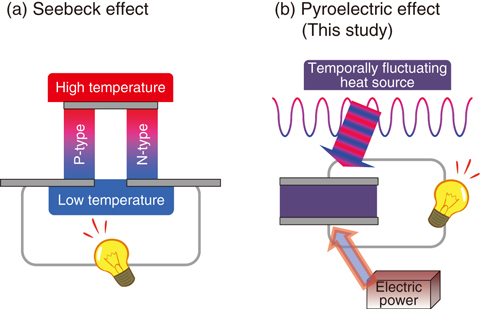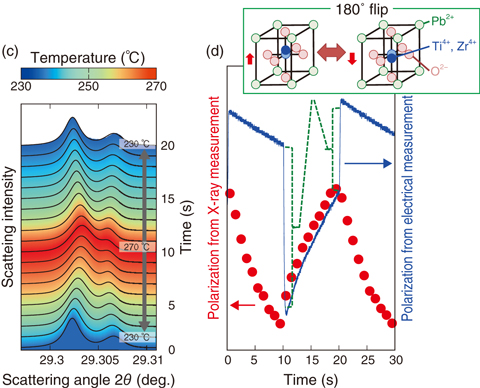
Fig.5-20 Typical thermoelectric-conversion methods

Fig.5-21 Synchrotron X-ray spectra and polarizations of the sample
In modern society, only one quarter of the total energy consumed is effectively utilized. The remaining three quarters are released in the form of waste heat and the like. Therefore, it is essential to develop a technology for converting waste energy into reusable electric power to realize an energy-saving society. The most widely studied method for converting heat into electricity is the application of the Seebeck effect using the spatial-temperature gradient in semiconductors and the like (Fig.5-20(a)); however, this method requires two types of elements, n-type and p-type, and there is a tradeoff between low thermal conductivity and high electrical conductivity when achieving higher efficiency. In contrast, the temperature of waste heat sometimes fluctuates and this temporal change can be converted to electrical energy using the pyroelectric effect of ferroelectric materials (Fig.5-20(b)). This method requires only one element, but its efficiency is currently rather low. However, by applying an external electric field synchronized with the temperature variation, the output electric power can be dramatically enhanced compared with the electrical-energy input.
We have been promoting research on power-generation mechanisms using the temporal temperature change of vehicle exhaust gas. Under the simulated exhaust gas environment in laboratories, the output power is enhanced both by applying an external electric field in sync with the temperature variation and by improving the electrical circuit. We could also remove actually available power using the exhaust gas from an automobile engine. Furthermore, we succeeded in examining the sequence of polarization change of the ferroelectric element using synchrotron X-ray diffraction at beamline BL14B1 of SPring-8 under power-generation operation (Fig.5-21(c)). By comparing the simultaneously measured polarization results of the X-ray and electrical measurements, the rotation of the polarization by 180° (180° flip) is found to be more important than the rotation by 90° (90° flip) (Fig.5-21(d)). This result has been fed back to the selection and growth steps of the elements and is expected to be applied to various types of waste heat from plants in the future.
Our research was accomplished as a collaborative study with the Daihatsu Motor Co., Ltd. and the Nagaoka University of Technology.